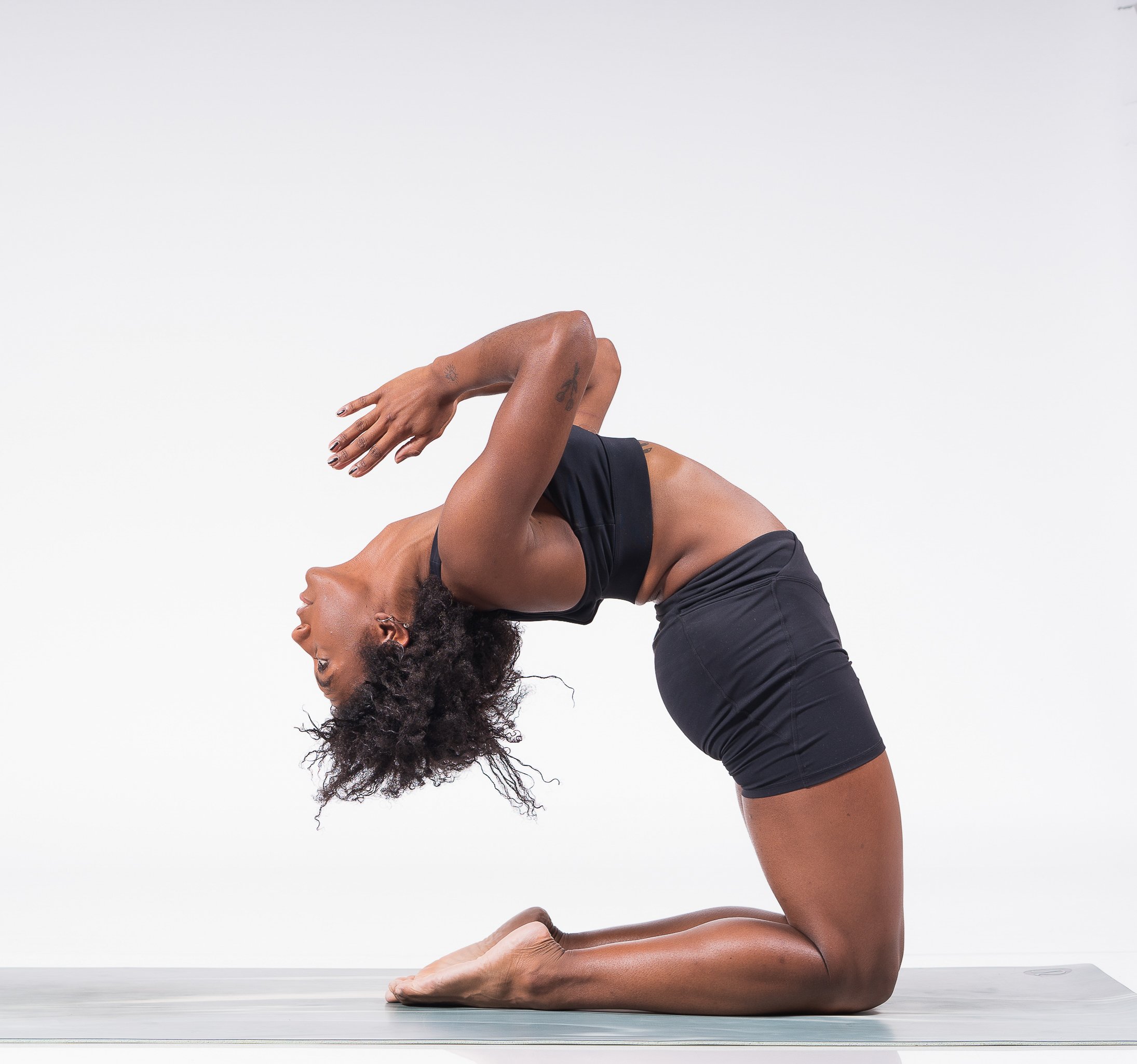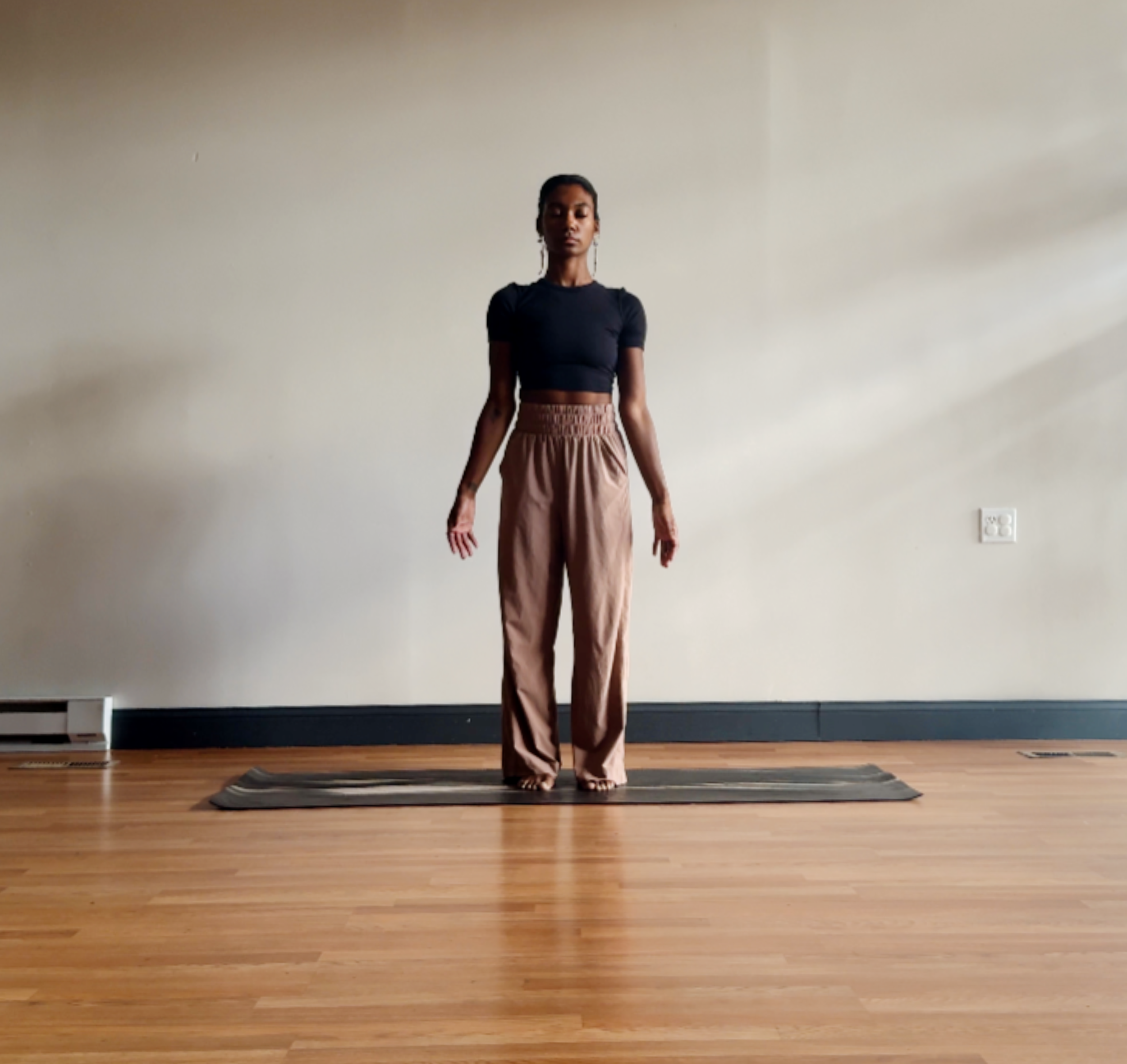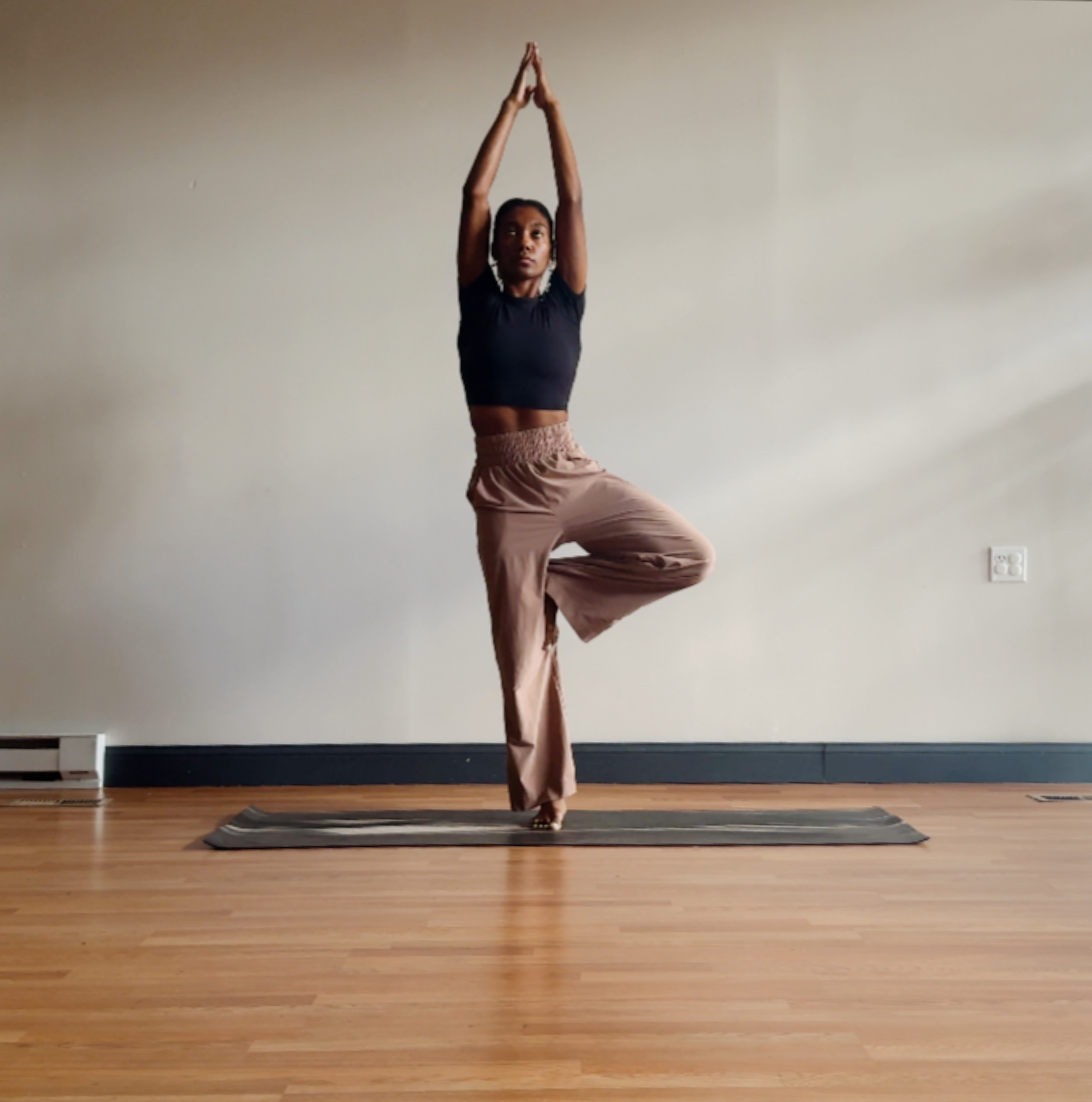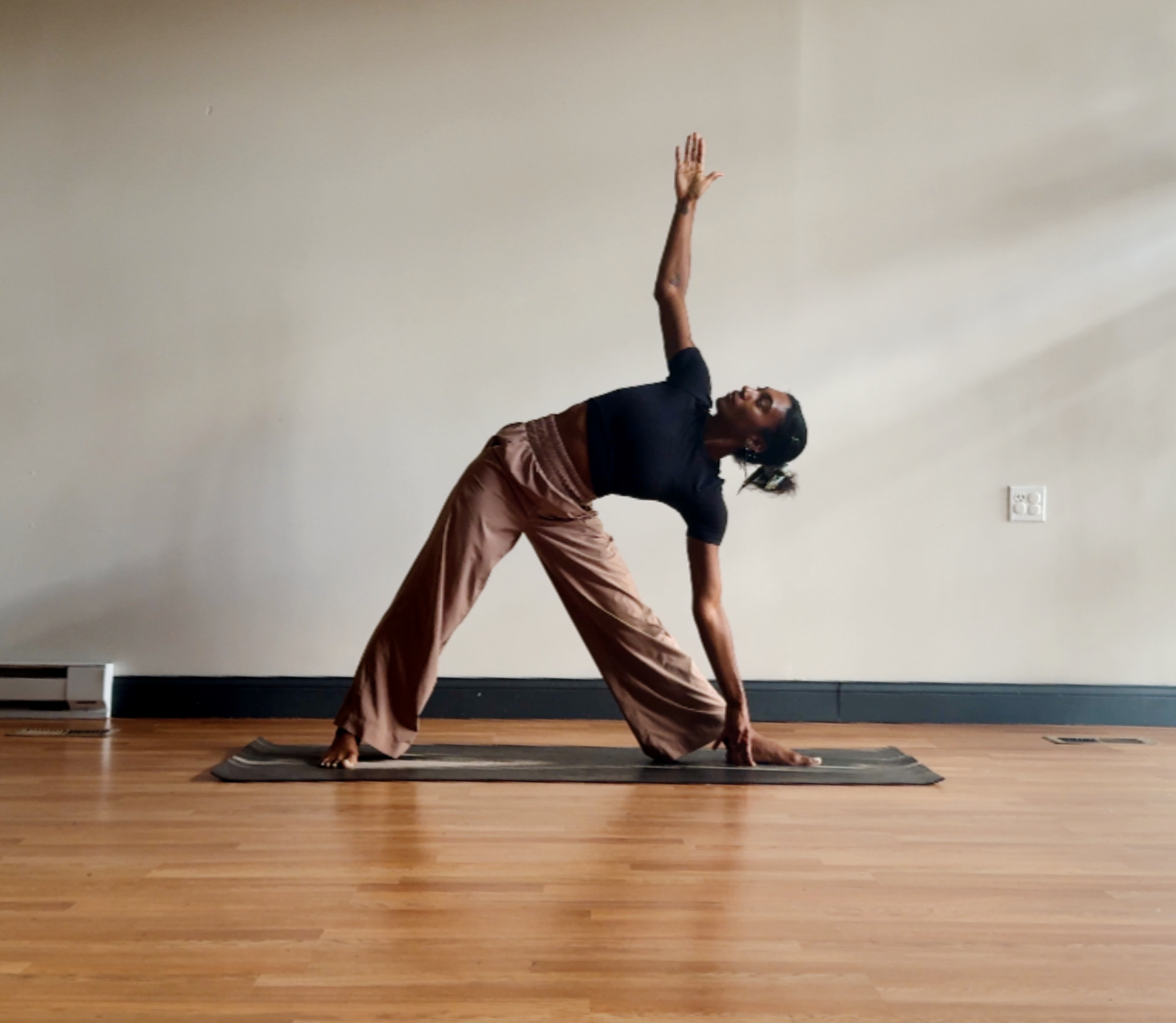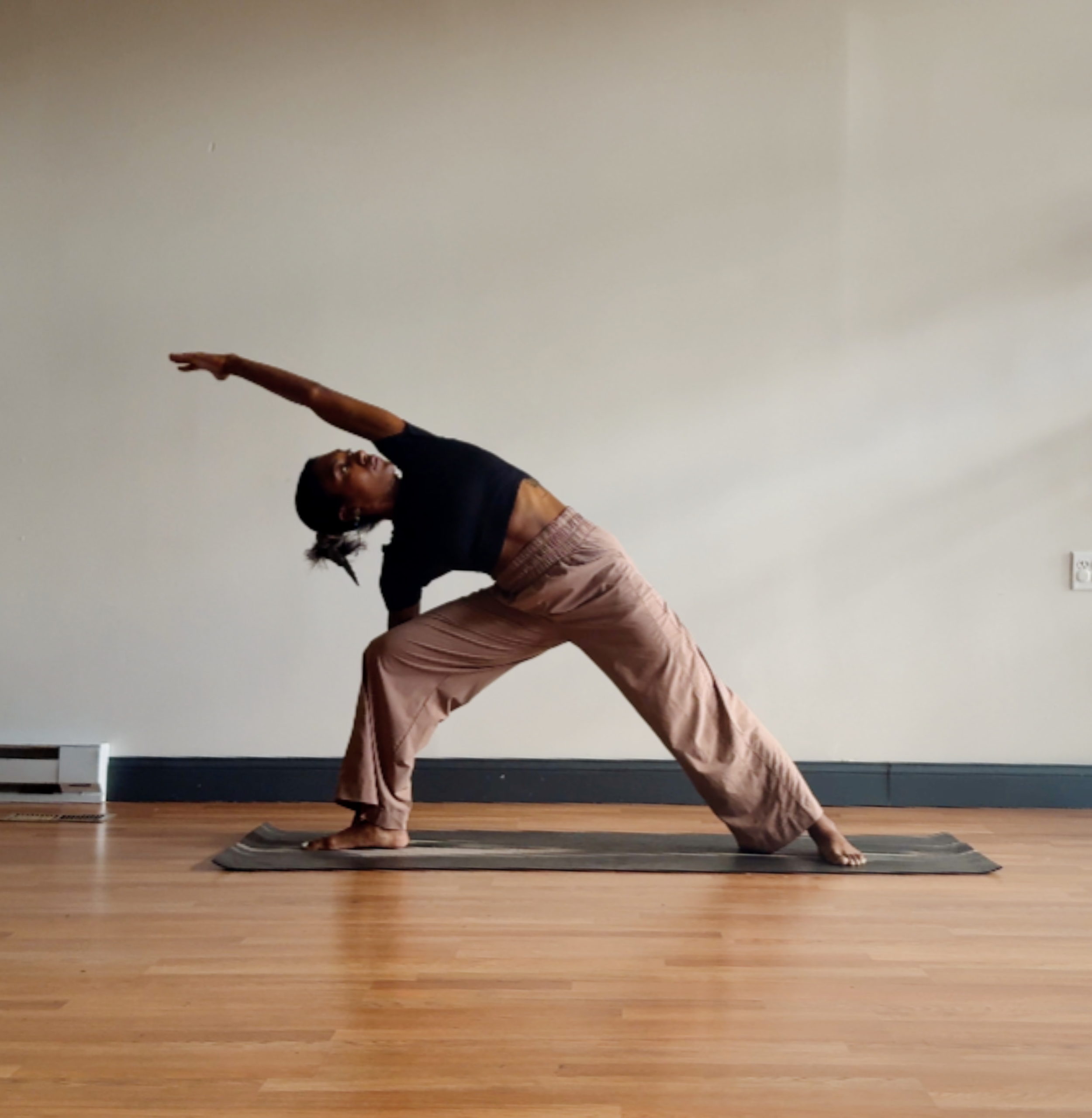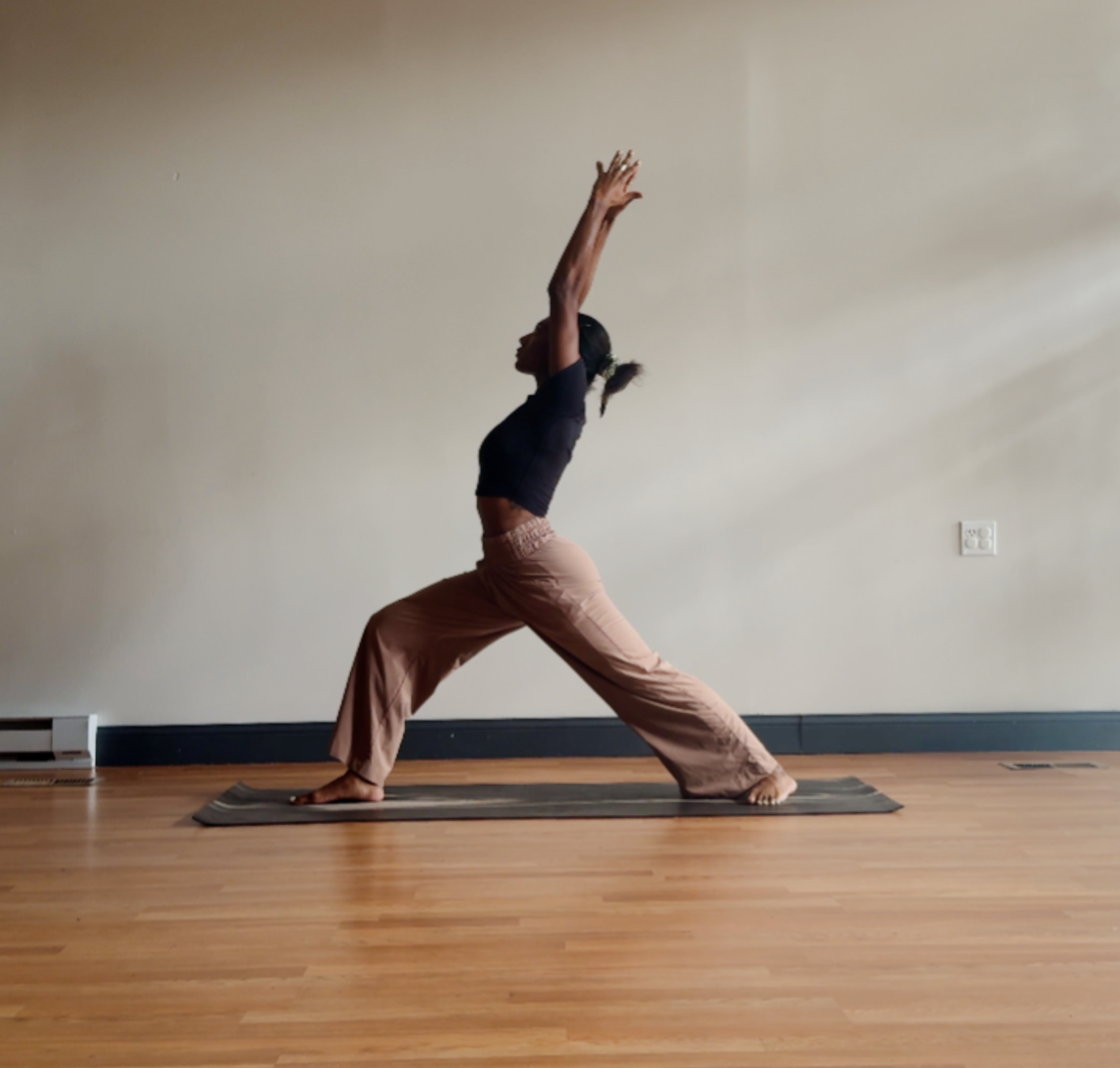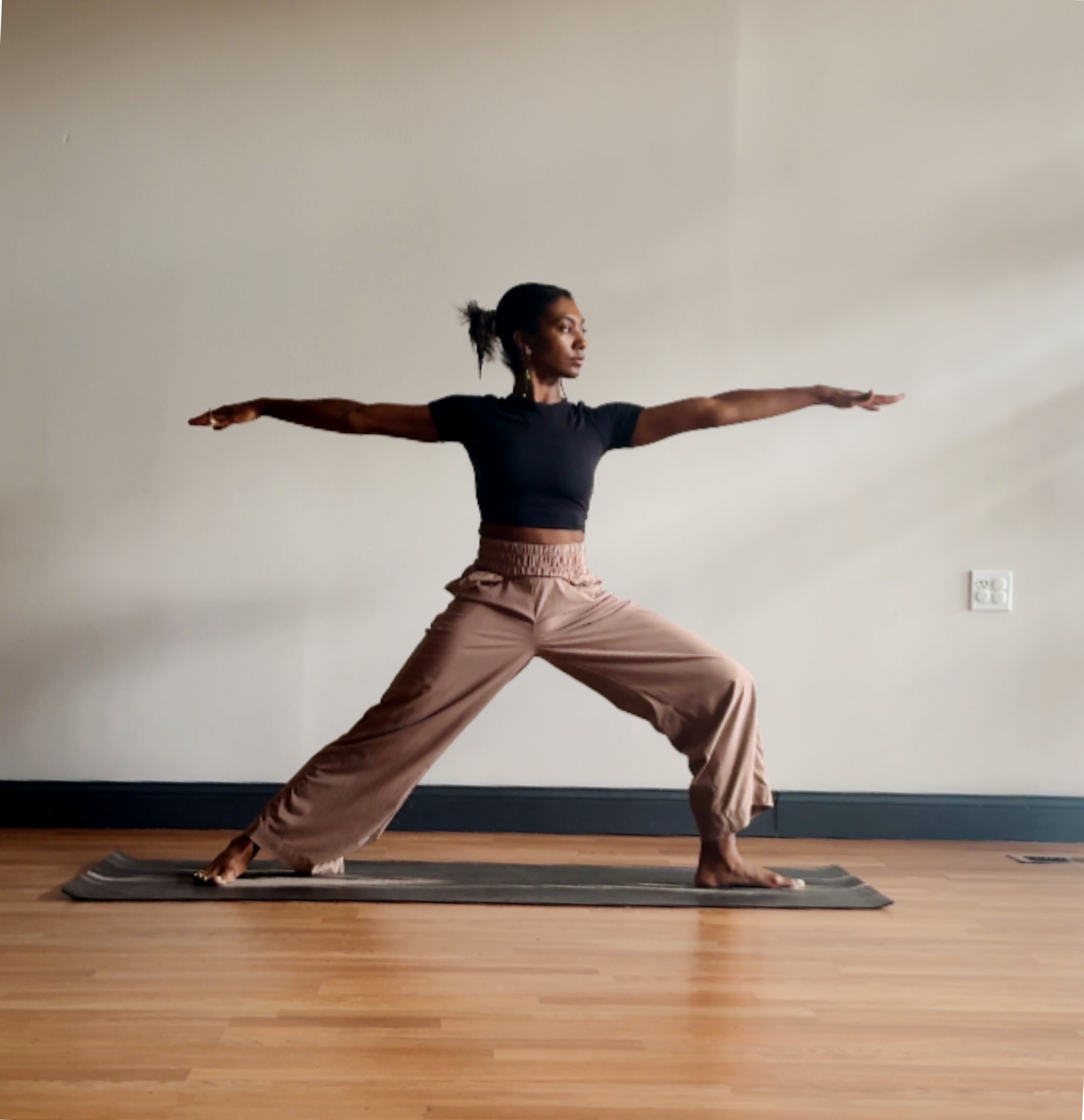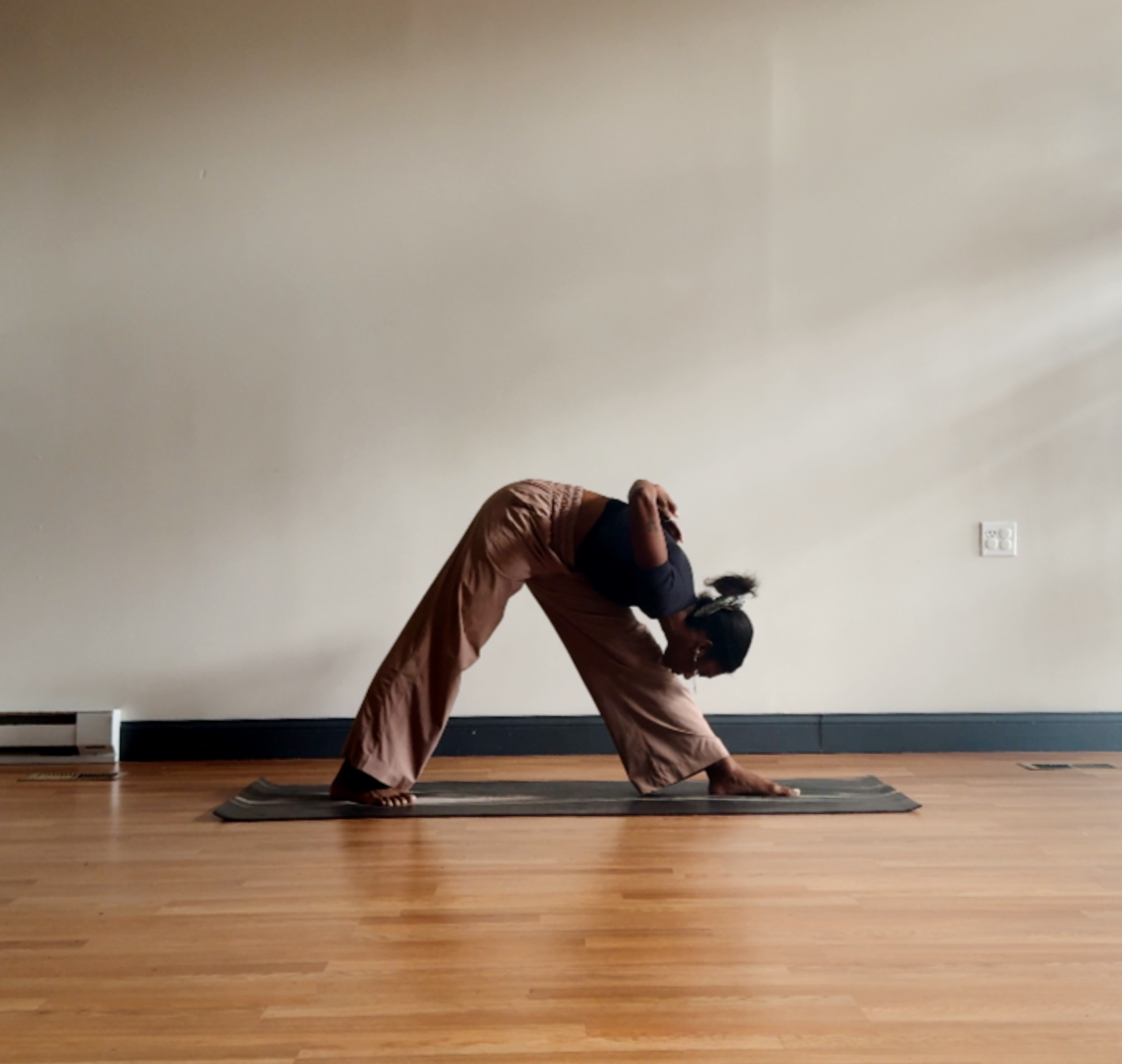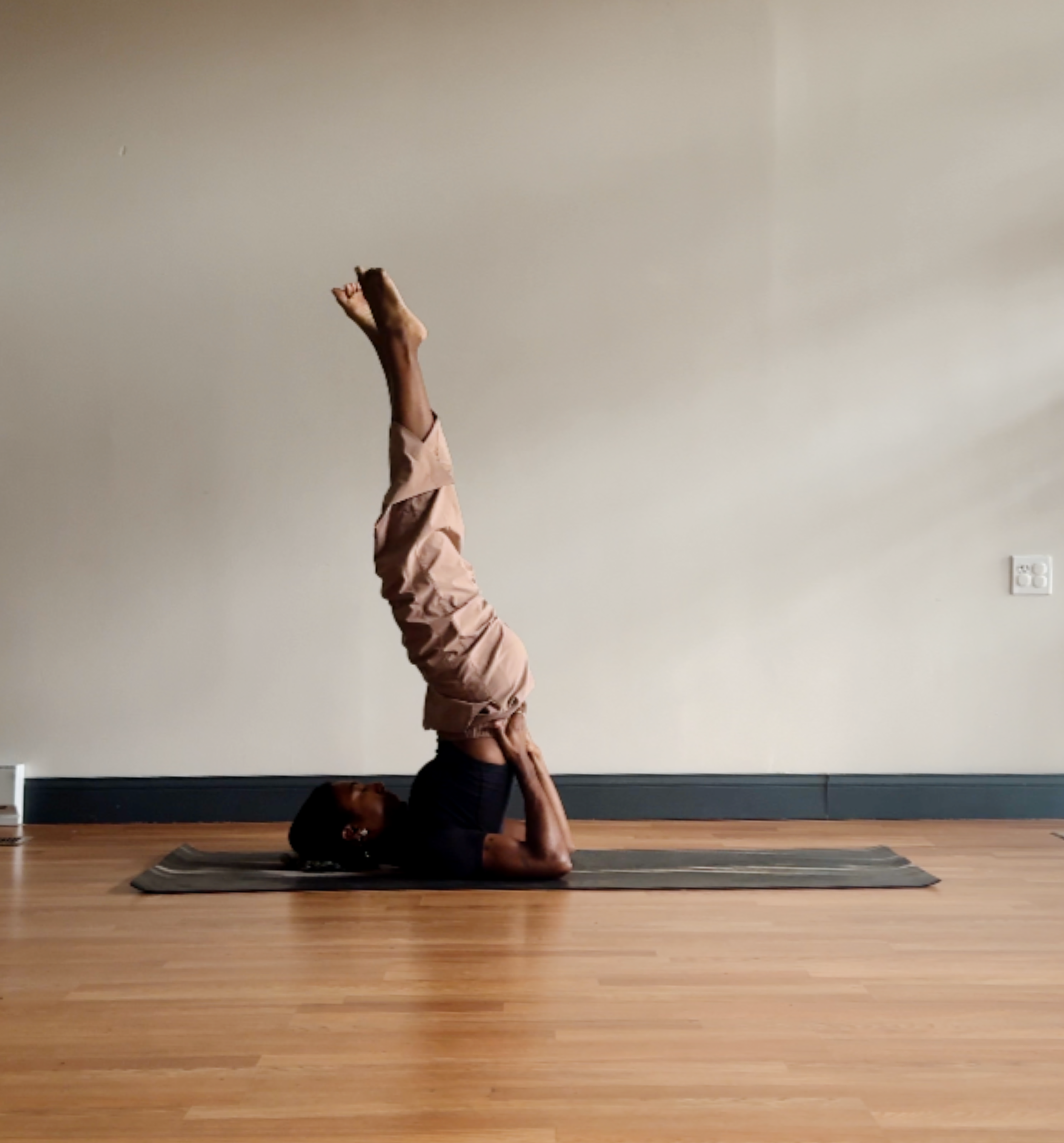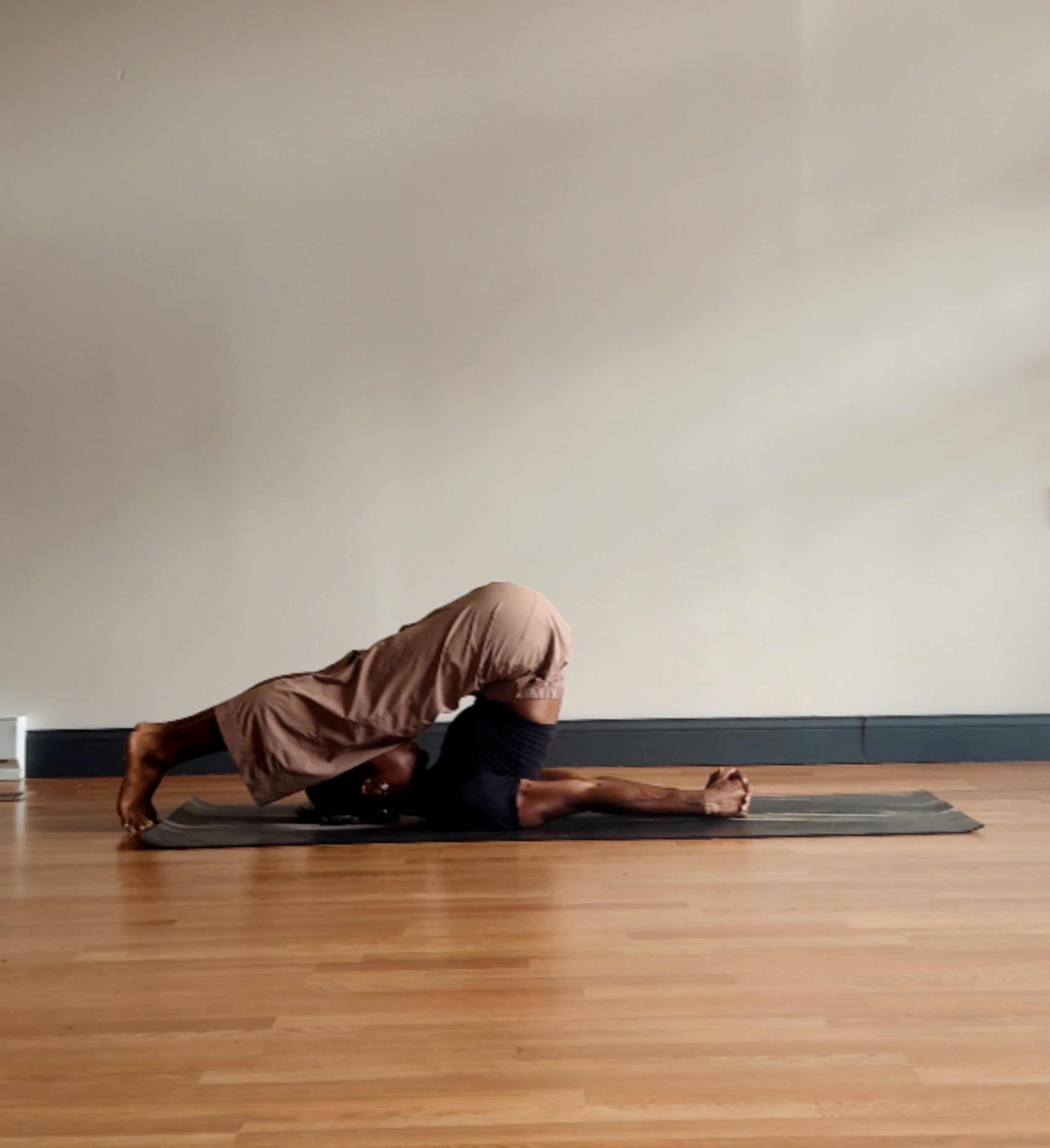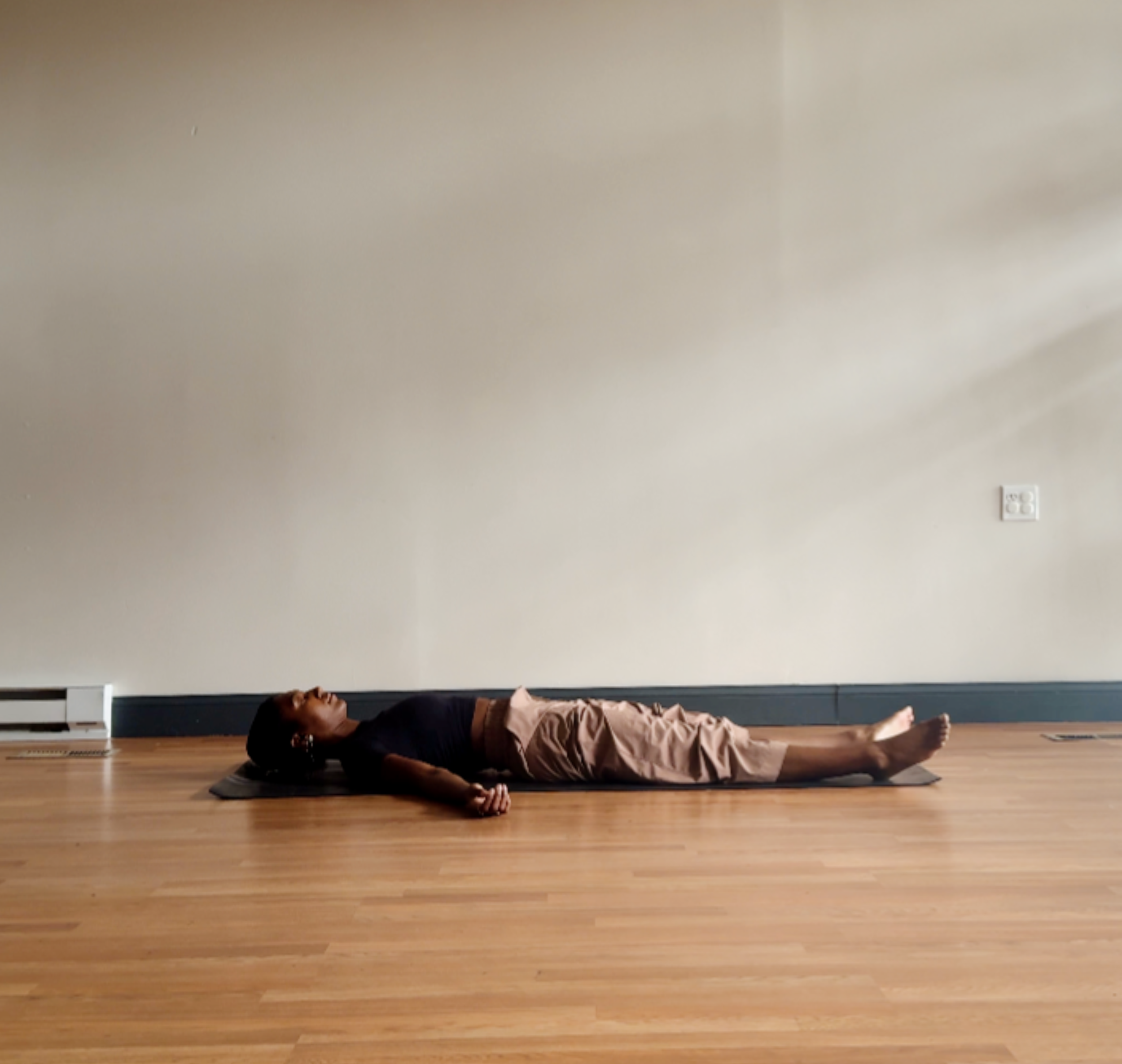IN THIS WEEK:
What is Iyengar Yoga
Why Should I Practice It?
Week 1 and 2 Asanas (postures)
Welcome to Iyengar Yoga!
We will explore the very foundation of our yoga asanas.
Building confidence in standing and breathing within postures for a prolonged period. If you are new to Iyengar Yoga but have taken Vinyasa classes, this will be challenging as we typically do not hold posture for more than a few breaths in a Vinyasa class.
-
Iyengar Yoga is a slow, yet demanding practice. It focuses on precision, alignment, and body performance.
-
The main differences are the time spent in each asana (pose) and the focus on the body's alignment. In other forms of yoga, such as yin, you may sit in a posture, but we are not focused on performance or alignment of the body.
In a vinyasa class, you may be focused more on physical abilities and challenging postures, but not sitting within a posture for more than a few breaths.
Iyengar marries the focus of sensation and holds of yin with the challenge of a vinyasa class allowing for muscles lengthening, strengthening and awareness.
-
Tone Muscles: Bring attention to the whole body - muscles, joints, organs, etc.
Discover a Calmer Mind: through concentration, precise alignment and breath, we can begin to let go of distractions and find meditation through our physical practice.
Breathe Better: again, due to the concentration on alignment, we focus on keeping our chest open to allow for deep breaths even through sensational asanas. It is impossible to breathe deeply when we are collapsed. Our goal is to strengthen and lift so our lungs can operate to their fullest capacity.
Week 1 & 2 Primary Asanas
Tadāsana (Mountain Pose)
-
Root feet to floor with toes spread
Engage quads by pulling knee caps up and contract the hips engaging glutes and hamstrings
Keep the chest lifted and draw navel to spine.
Crown of the Head towards the sky
-
Incorrect standing runs rampant in our society. Although our bodies are different and toes may point out due to our hip joints, we need to ground through all corners of the feet and pull up to lighten the load on our lower have and master the art of standing correctly.
Vrksāsana (Tree Pose)
-
Stand in Tadasana
Rest sole of one foot on inside of standing leg, toes pointed down
Join the Palms and raise them over head
Stay for 5 breaths
-
Tone the legs
Gives Sense of Balance
Helps with Concentration
Utthita Trikonāsana (Triangle Pose)
-
Start in Straddle
Turn one foot parallel to your mat and the other perpendicular. Engage the quad of the leg with the foot perpendicular to the mat by raising the knee.
Raise arms sideways parallel to the floor.
Bend at the hips bringing front arm near front ankle
Open the chest.
Reach towards the sky with lifted hand
Stay for 8 - 10 breaths
-
Tones muscles in legs
Removes stiffness in legs
Relieves backaches
Strengthens ankles and chest
Uttihita Pārsvakonāsana (Extended Side Angle)
-
Start in Tadasana and move to a straddle
Turn one foot parallel to your mat and the other perpendicular.
Bend at the knee of the front leg to form a 90 degree angle.
Engage the quad of the leg with the foot perpendicular to the mat by raising the knee.
Place front arm to the ground and stretch opposite arm overhead hugging bicep to ear
Stretch top arm further out while opening the chest, engaging the hamstrings of the bent leg, and stretching the spine.
Remain for 5 - 8 breaths
-
Every part of the body is engaged in our extended side angle.
Tone ankles and thighs
Engages the core to strengthen and tone abs
Relieves sciatic and arthritic pain in hips
Aids in elimination increasing peristaltic activity
Virabhadrāsana 1 (Warrior 1)
-
Stand in Tadasana then straddle
Raise both hands above head
Turn one foot parallel to your mat and the other perpendicular.
Bend at the knee of the front leg to form a 90 degree angle.
Turn face, chest and hips forward
Lift the gaze towards your hands
Stretch the spine upwards
Stay for 5 breaths
-
Dedicated to the fierce warrior Virabhadra who led Siva's Army
The expansion of the chest allows for deep breathing
Relieves stiff shoulder and back
Tones ankles
Reduces fat around hips
Virabhadrāsana 2 (Warrior 2)
-
Stand in Tadasana then straddle
Raise both hands above head
Turn one foot parallel to your mat and the other perpendicular.
Bend at the knee of the front leg to form a 90 degree angle.knee.
Stretch hands sideways as though you are being pulled from opposite ends
Turn head to gaze at front hand
Stay for 5 breaths
-
Tones muscles in legs
Brings elasticity to legs and back muscles
Tones Core
Mastering standing postures aids in advanced forward bending postures later
Pārsvottānāsana (Pyramid Pose)
-
Start in Tadasana
Step one foot back and turn foot slightly away from midline of mat/body
Join palms behind the back or grab opposite elbows
Turn torso in line with front leg and lift head
Exhale folding forward and rest forehead on knee, progressing until chin can rest
Engage both quads by drawing knee up
Stay for 5 - 8 breaths
-
Relieves stiffness in legs and hips
Aids in elasticity of hips and spine
While folded, the abs are contracted and tones
With shoulders drawn back, this pose can help correct drooping shoulders
Sālamba Sarvāngāsana 1 (Shoulder Stand)
-
Start in Corpse Pose with hands to your side
Move knees to stomach until you reach compression
Raise Hips from floor with exhalale and rest hands on hips, bending arms at the elbows
Lift hips and glutes resting weight on the back of the head, shoulders, and elbows perpendicular.
If you cannot lift the glutes
Place blanket under shoulders and practice bridge pose
Place feet on wall with blanket under shoulders and walk feet further up. When hips lift, bring hands to the back with elbows firmly on the ground
Another option is to find a bench to rest tops of hips on to and place hands under bench for stability
Stay for 30 seconds - 5 mins or 5 - 25 breaths
This is a highly sensitive posture as pressure emerges on our neck. We want to use the pressure in our palsm to raise the trunk and legs up vertically towards the sky.
The breast bone will press the chin to form a chinlock or Jalandhara Bandha. Bring the chest to the chin.
Remember this is an active posture, tighten the back of the thigh muscles and pull legs up.
Elbows should not be pulled wider than shoulders.
Never move the head from side to side in this posture.
-
According to Iyengar, The Shoulder Stand is the Mother of all Asanas. It strives to create harmony and happiness in the human system.
Aids in function of thyroid and parathyroid glands in the back of neck by increasing blood flow here
Once a pupil is able to find ease in this posture it can help with hypertension, shortness of temper, nervous breakdowns
Halāsana (Plow Pose)
-
Complete Shoulder Stand
Release chinlock and lower glutes slightly moving arms and legs overhead
Touch toes to floor
Advance your posture by move arms opposite of legs and interlocking fingers laying palms flat to the ground
-
Similar to the effects of Shoulder Stand
Abs are rejuvenated due to contraction
Helps relieve back aches
Can relieve stiffness in shoulders
One may practice plow pose before shoulder stand if shoulder stand is inaccessible
Savāsana (Corpse Pose)
-
Lie on your back
Keep hands in a space of comfort taking up as much room as necessary
Close the eyes, place a cloth over them if possible
Start with deep even breaths and concentrate on fine exhales through the nose
Release tension in the jaw
If the mind wanders pause after each slow exhale to bring it back to the breath
Remain for up to 20 minutes
-
Conscious relaxation invigorates and refreshes the body and mind
Induces calmness of the mind
The stresses of society cause strain on the nerves and savasana is the best antidote


